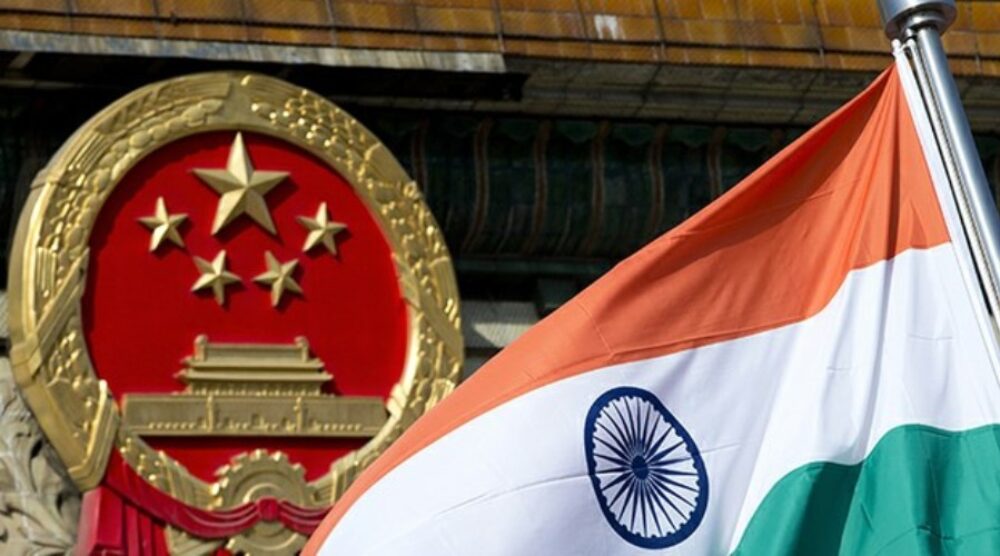IAN HALL |
A shocking fight in Galwan Valley leaves India with dangerous choices, while China thinks it has an upper hand.
Even before the shocking events of 15 June, in which at least 20 Indian soldiers died along with an unknown number of their Chinese counterparts, it was clear to some that this year’s shadow boxing on the Line of Actual Control (LAC) was different.
In late May, the respected Indian defence analyst Ajai Shukla sounded the alarm, suggesting that during the previous month, the People’s Liberation Army had moved to take control of Galwan Valley, deploying in excess of 5000 troops, as well as artillery. China has long claimed this area, but it is also strategically significant, because it overlooks a road India has recently upgraded from the villages of Darbuk and Shyok to the south, where it connects to the wider network in Jammu and Kashmir, up to the Daulet Beg Oldie airbase at the northern tip of Indian-administered territory. To the east of the road lies the plateau of Aksai Chin, which China captured in the 1962 border war, and just to the north of the airbase is the Karakoram Pass and Xinjiang.
Intrusions across the LAC are not, of course, uncommon. There were several in 2013 and 2014, including one involving around 200 PLA soldiers that overshadowed Xi Jinping’s first visit to India. Nor are standoffs or even fistfights unusual. Three years ago, in a disputed area of Bhutan called Doklam (or Donglang), Indian troops confronted Chinese military engineers building a road. Ten tense weeks followed, during which Beijing bombarded New Delhi with dire threats of punishment if it did not back down. But in that case, as in earlier ones, an agreement was eventually struck to disengage.
What is occurring in the Galwan Valley, however, looks less like another standoff, and more like a seizure of territory comparable to what happened at Kargil in 1999. In that incident, Pakistani troops took India by surprise by moving into the mountains surrounding that town in Kashmir, about 200 kilometres directly west of where the PLA are now encamped, threatening a strategic road. Stung by this undetected intrusion, an embarrassed government in New Delhi ordered the Indian army to expel the Pakistani forces, despite the risk that a war might escalate to a nuclear exchange.
Please click here to read the full ‘India-China: Pressure at altitude’ article originally published at The Interpreter written by Griffith Asia Institute Deputy Director, Research, Professor Ian Hall








